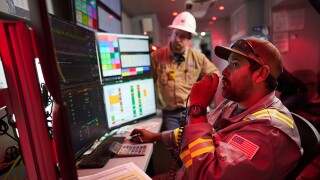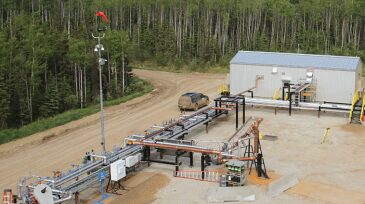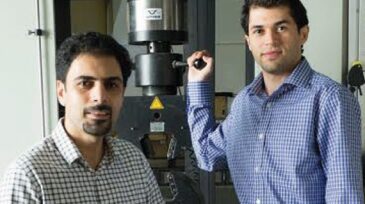R&D/innovation
This article is the fourth in a Q&A series from the SPE Research and Development Technical Section focusing on emerging energy technologies. In this piece, David Reid, the CTO and CMO for NOV, discusses the evolution and current state of automated drilling systems.
Oil and gas experts encourage human/AI partnerships that can “supercharge” capabilities to create competitive advantages.
The US supermajor is using one of its lowest-value hydrocarbon products to generate double-digit production increases in its most prolific US asset.
-
-
GE Staoil Open Innovation Challenge results in new proppant ideas.
-
-
Imagine a machine that could make an automaker competitive by speeding product development, help a jet engine maker create unique parts for more efficient turbines, and allow a baker to quickly create a picture-perfect 3D replica of a flower made of sugar.
-
Bitumen is so viscous that the ultraheavy crude oil is often compared to peanut butter.
-
Veros Systems is selling simplicity. The electric machine monitoring company promises accurate warnings of problems long before they occur, with a minimum of monitoring equipment to install.
-
Researchers at Rice University in Houston are hoping their new theory on composite properties may help the oil and gas industry reduce the time it takes to develop and test new materials.
-
One of the defining features of the 21st century will undoubtedly be the changing relationship between humans and automated machines.
-
At the SPE Hydraulic Fracturing Technology Conference, one of the most innovative ideas discussed was a liquid proppant designed to turn into strong spherical balls to keep a fracture open.
-
The US government is working on regulations to reduce oil industry methane emissions by more than 40% over the next 10 years.













